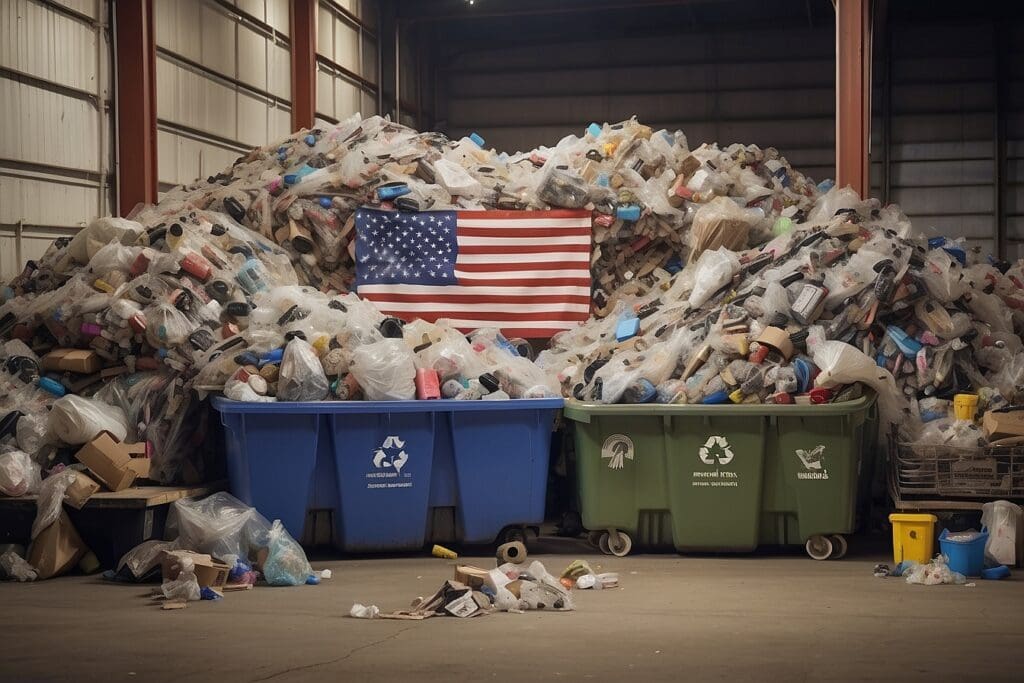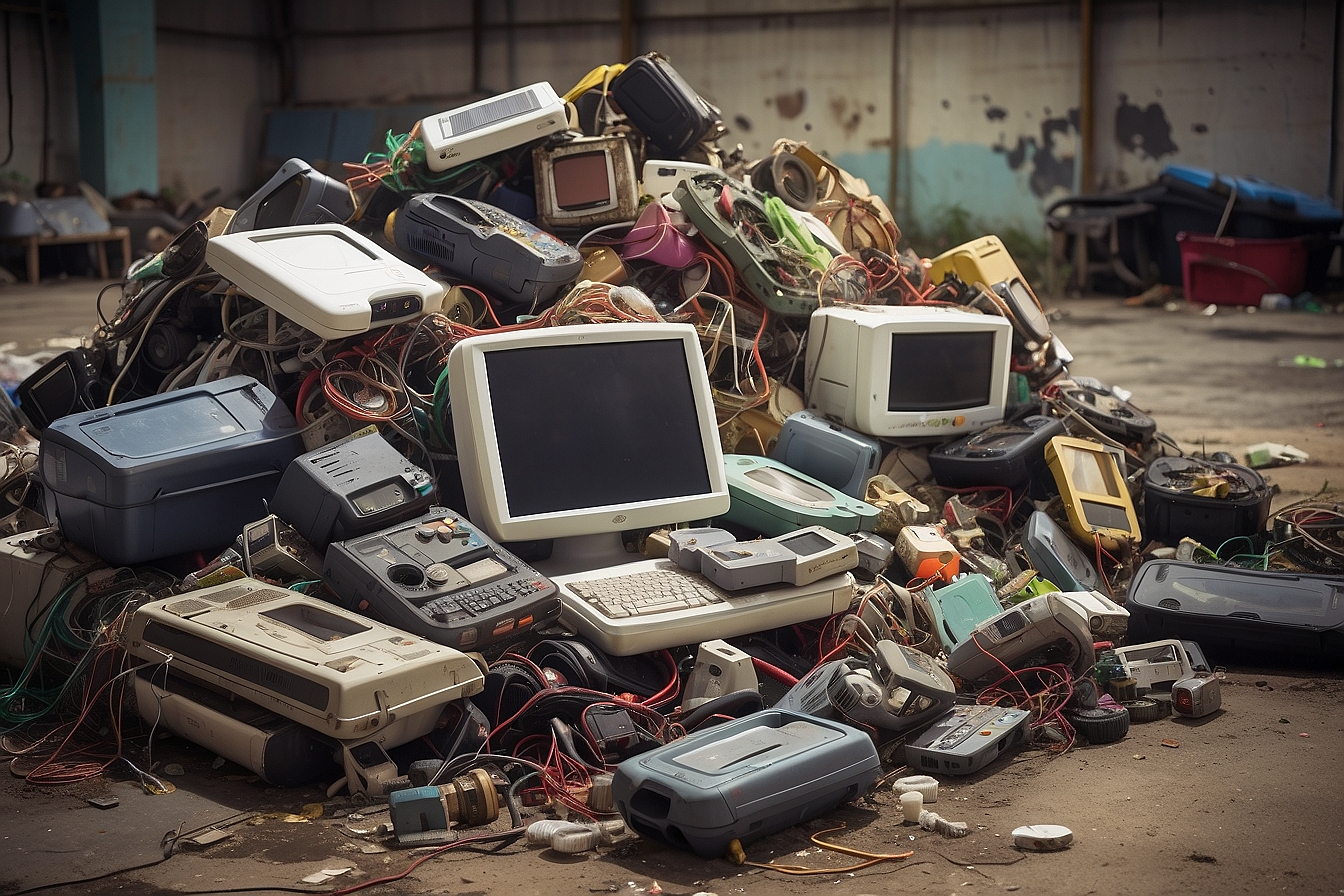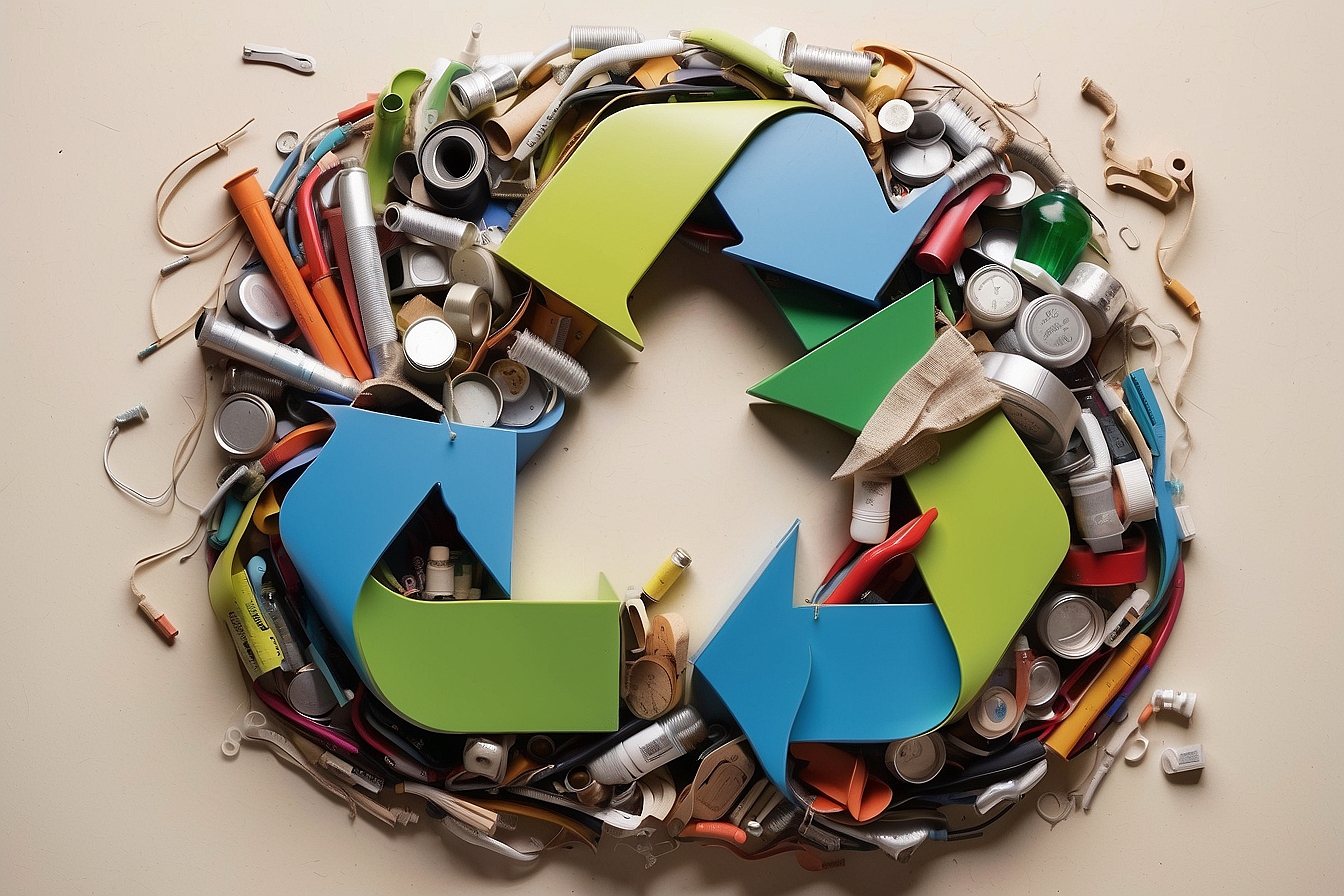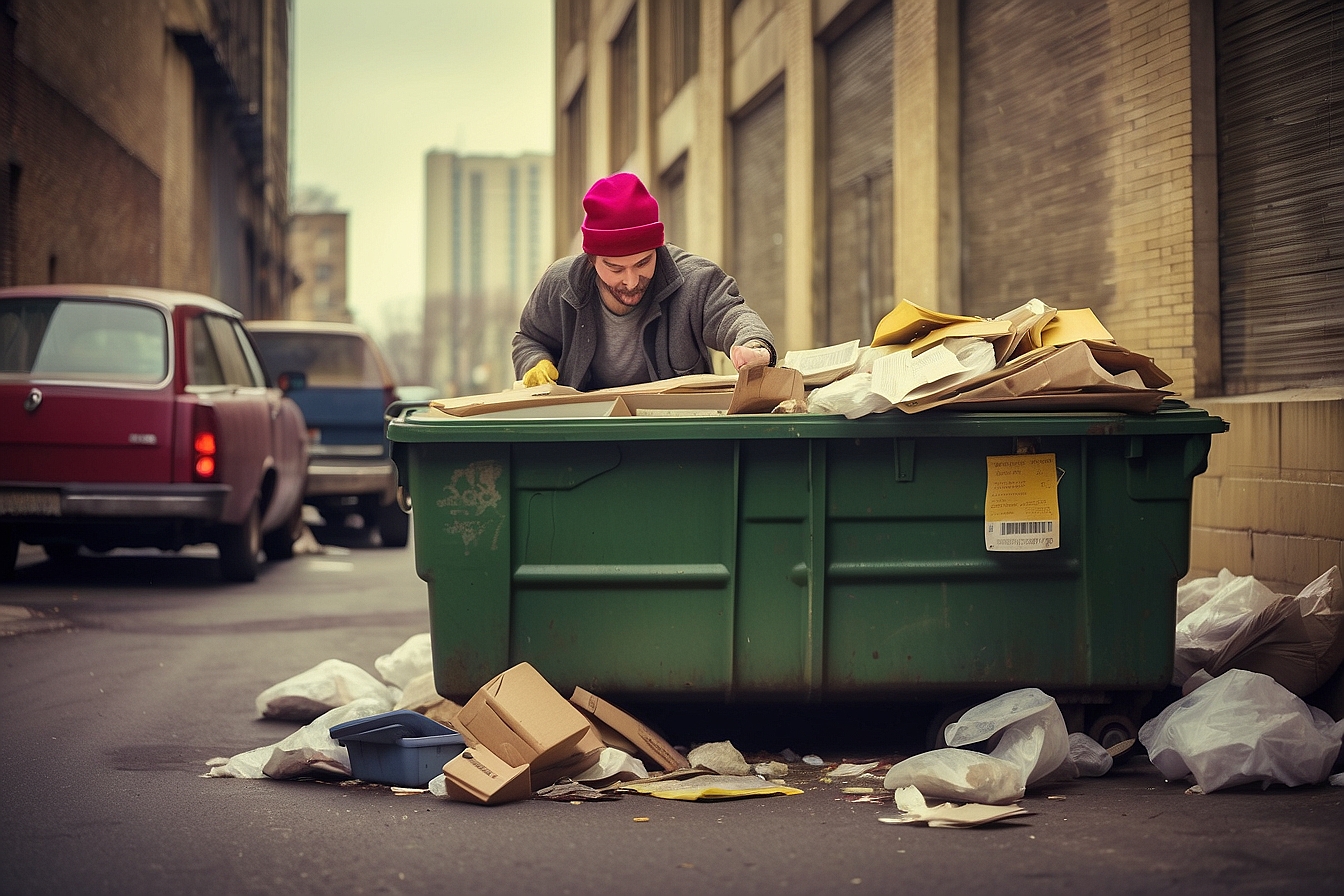What is the Future of Recycling? Over the past 40 years, recycling programs across the United States have made significant progress. Currently, there are over 8,000 curbside recycling programs in operation in the U.S., a significant jump from 1973 when Berkeley, CA gave birth to the first program. Additionally, in the past 15 years, the U.S. has increased its recycling rate from 25 to 32.5 percent, equaling over 81 million tons of waste recycled per year. However, our nation’s landfills are reaching capacity, and our growing garbage mounds are contributing to increased greenhouse gas emissions. It has been noted by the Natural Resources Defense Council, “If we were to increase our recycling rate from the current 32.5 percent to 35 percent, the effect on greenhouse gas emissions would be comparable to removing a million passenger cars from our roads.” With the amount of progress already made in recycling, how do we continue to expand current programs to increase the nation’s recycling rate?
Although recycling programs are different in every community, they continue to grow and expand with public demand. Over 60 percent of household waste in the U.S. can be recycled or composted, yet we only recycle 32.5 percent and compost only 8 percent of that waste. In order to increase recycling rates in the future, there must be an effort made at the individual and at the community level.
Individuals
As the NRDC simply notes, “Truly successful recycling involves minimizing waste along the entire life cycle of a product, from acquiring raw materials to manufacturing, using and disposing of a product. Most environmental impacts associated with the products we buy occur before we open the package, so buying products made from recycled materials is just as important as sorting waste into the right bins.” Below are some ideas to begin increasing your personal recycling rate and reducing the amount of waste sent to the landfill:
- Shop wisely. Whether it be paper, plastic, or another material, make sure that you purchase products made from post-consumer recycled content OR purchase products in packaging that can be recycled in your community. Also, buy things in bulk when possible to cut down on individual packaging waste.
- Reuse materials. Create a compost to reuse organic materials such as food waste or yard clippings. Donate old clothes, furniture, or electronics to community organizations.
- Avoid waste when possible. Bring reusable bags when shopping to minimize paper or plastic bag waste, and use reusable cups and bottles for beverages like water, tea, or coffee. Also, try using old rags or t-shirts instead of paper towels, and washable napkins and dishware instead of paper products.
- Set up convenient recycling systems in your home. Purchase separate bins for recyclable material to be placed next to all of the trashcans in your home. Keep a decal of your community-recycling program in an accessible place as a reference. • Practice and preach. Make sure you take full advantage of your local recycling program and encourage others around you to do the same. Also, encourage local officials and businesses to consider expanding current recycling initiatives.
Communities
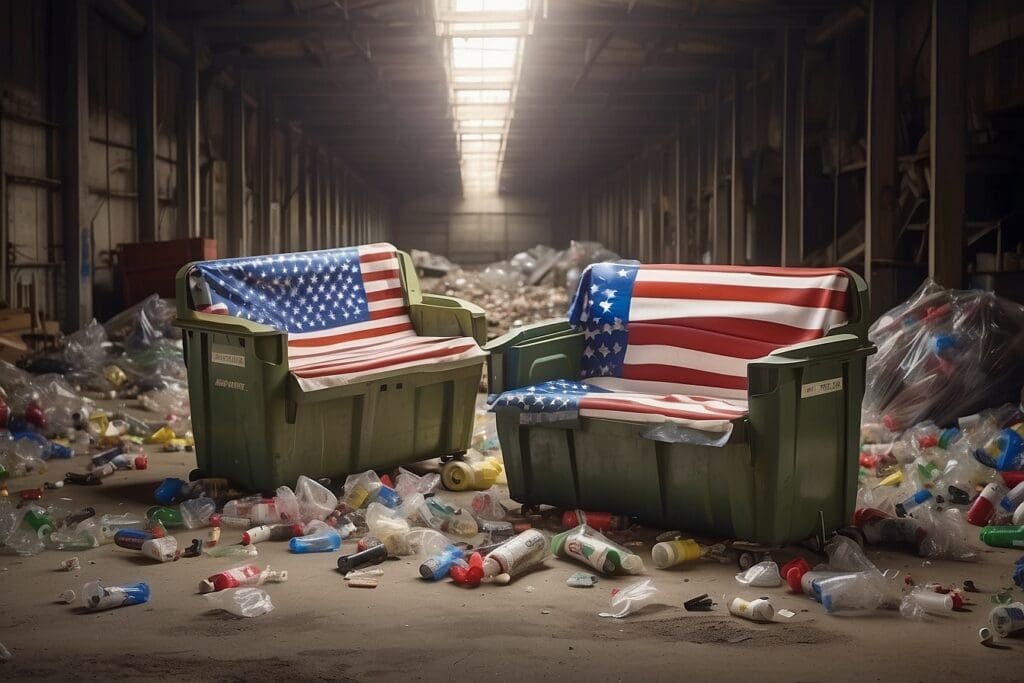
Local governments and businesses will take action to increase recycling initiatives if the public creates a demand. Below are some examples, provided by the Natural Resources Defense Council, of steps that can be taken within the community to increase recycling rates. In effect, the following actions will then reduce waste sent to the landfills and ultimately reduce greenhouse gas emissions.
- Manage electronic waste. Discarded electronics—old computers, broken cell phones, obsolete television sets—form the fastest-growing element of our waste stream. Americans threw out 2 million tons of tech trash in 2005 and only recycled about 380,000 tons. Nine states have laws in place that require the recycling of electronics, and several other states are working on new e-waste laws. NRDC supports laws that put the responsibility on manufacturers to recycle their used products, and for designing less toxic, more recyclable gadgets in the first place.
- Expand bottle legislation. In 2005, 2 million tons of plastic bottles in the United States ended up in the trash instead of in recycling bins. State container deposit laws, known as “bottle bills,” are long overdue for an upgrade. Container deposit laws have proven to be the most effective approach to collecting bottles and cans. But right now, only 11 states have bottle bills, and most of them include only beer and soda bottles—not water bottles, which accounted for 14 percent of bottled beverages in 2005. A national bill with a higher deposit would give a huge boost to our bottle recycling rates.
- Ditch plastic bags. According to the Environmental Protection Agency (EPA), the United States consumes about 380 billion plastic bags a year and recycles less than 5 percent of them. Getting in the habit of reusing shopping bags—as is common in some other countries—could reduce that number significantly and prevent billions of plastic bags from ending up in landfills (not to mention in the ocean, on trees, and floating by your window). A move is afoot to address the plastic problem. The city of San Francisco banned the distribution of plastic bags by grocery stores in 2007, and other stores around the country are creating incentives for shoppers to reduce plastic bag use, such as offering cash back for reused bags, selling branded reusable bags and installing in-store bag drop-off stations to encourage reuse.
The future of recycling depends largely on individual action and community support. At our current rate, “recycling cuts global warming pollution by the equivalent of removing 39.6 million passenger cars from the road.” Increasing the national rate by just 2.5 percent will have the effect of taking another one million cars off the road—it seems worth it, right?

